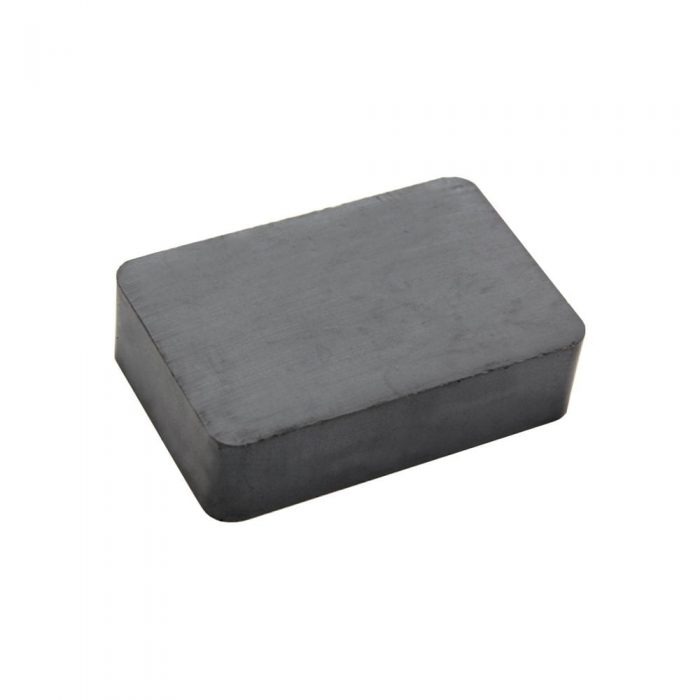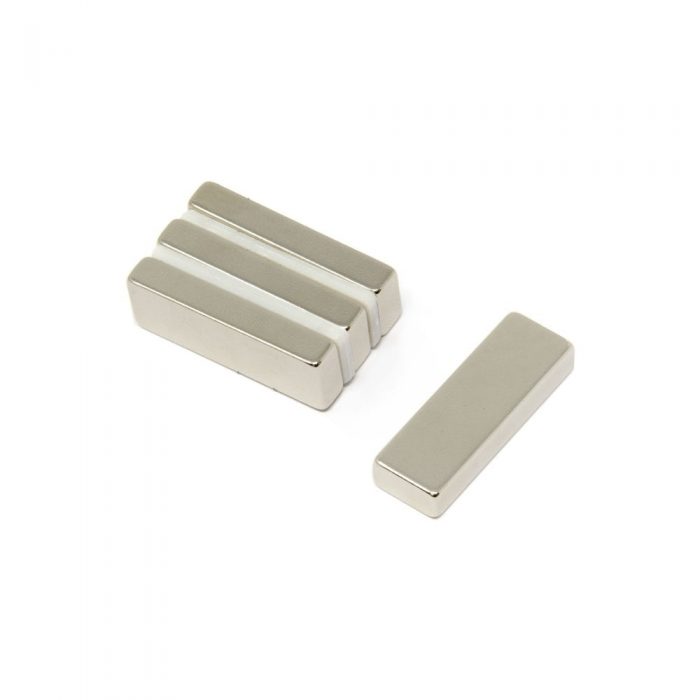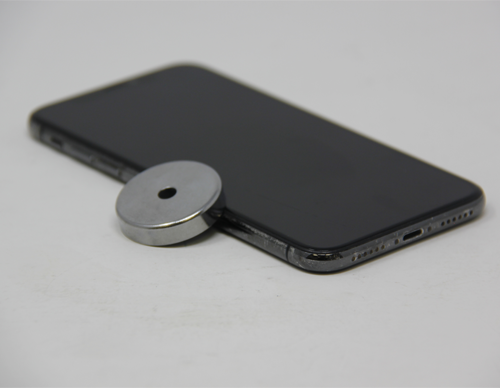When it comes to magnets, there is a lot of facts and figures out there, but it can be hard to separate these facts from fiction. We hear our fair share of questions about magnets such as their make, properties, capabilities and effects.
This is why we’ve put together a list of the 6 most common myths about magnets and explained why they aren’t true.
Bigger magnets are stronger than smaller magnets
The size of a magnet is not always relevant to its overall strength, several factors can determine the strength of a magnet such as the material, shape and surface area.
For example, a large ferrite magnet may be much weaker than a small neodymium magnet. For example, our 75 x 50 x 20mm thick Y30BH Ferrite Magnet has 5kg pull strength whereas a 30 x 10 x 5mm thick N42 Neodymium Magnet has 8.1kg pull.
There are also a number of things that can affect a magnet’s strength such as temperature, water, moisture or other magnets.

Monopole magnets exist
Monopole magnets – a magnet with only one magnetic pole, do not exist.
If a regular magnet is cut in half, it’ll create two separate magnets which both have a north and south pole.
All metals are attracted to magnets
A common myth is that all metals are magnetic. However, magnetic materials are always metal, but not all metals are magnetic.
Iron is magnetic, meaning any metals containing iron will be attracted to magnets. For example, cast iron and stainless steel contain iron and will be magnetic.
But most other metals, such as copper, gold, aluminium and zinc are not magnetic.
All magnets are made out of the same material.
Although all magnets are ferromagnetic, they are not all made out of the same elements. Ferromagnetic elements include nickel, cobalt, iron and rare earth magnets such as neodymium.
Here at FIRST4MAGNETS we currently stock and sell Neodymium, Samarium Cobalt, Alnico, Ferrite and Flexible magnets.


Magnets can damage your phone.
It’s a common misconception that you should keep magnets away from technology, such as your phone, this was more accurate due to the outdated ways data was originally stored. However, modern smartphones don’t use magnetic memory storage, so your data will be safe.
Magnets are actually being used for technological upgrades such as iPads, phone cases and even car phone mounts, the only risk of damage would be a strong neodymium magnet that could affect a phone GPS app.
Magnets are positive/negative
A traditional bar magnet is often represented as, half red and half blue, which may be the reason that people interpret the north and south poles as positive and negative.
In reality, permanent magnets don’t have a positive or negative charge, they have two consistent magnetic fields or dipoles.
An electrical charge is either positive or negative and can exist without its opposite. Because an electrical charge is referred to as a monopole and magnet cannot be monopoles, positive and negative magnets don’t exist either.





